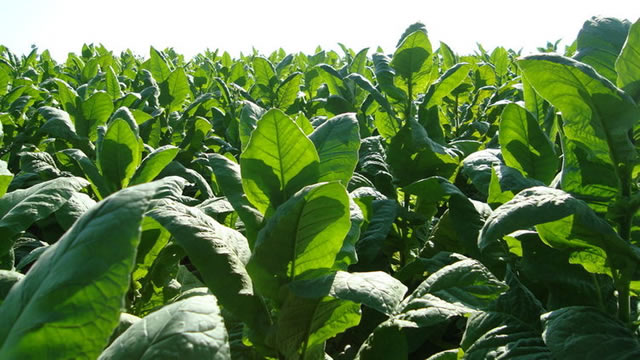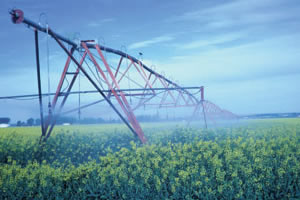Tobacco hectarage declines 20 pc

Herald Reporters
More than 89 500 hectares have been put under flue-cured tobacco for the 2015-16 summer cropping season as farmer registrations declined by 20 percent, the Tobacco Industry and Marketing Board has said.
A decline in tobacco production is expected this season due to the drought, while other farmers reduced hectarages because of low prices offered by buyers last year.
TIMB statistics show that 89 559ha have been planted this season, a decline from the 93 419 ha planted during the same period last year.
The statistics also reveal that 70 412 farmers have registered to grow tobacco during the 2015-16 season, a decline of 20 percent from the 88 536 who had registered during the same period last year.
A decline of 45 percent has also been recorded on new growers. TIMB said 9 025 new farmers have registered this season compared to 16 516 farmers during the same period last year.
Communal farmers are topping the list of the registered growers with 33 722 having registered to grow the crop this season. The statistics show that 25 486 A1 farmers have registered as have 5 865 A2 farmers and 5 339 small-scale farmers.
Mashonaland West tops the list of registrations with 27 201 farmers, a decline from 30 785 last year.
Mashonaland Central is on the second position with 24 993 farmers, a decline from the 26 226 last season. Mashonaland East has 9 015 farmers this season, down from the 15 255 last season.
Manicaland registered a decline of 43 percent with 8 771 farmers registering this season compared to 15 435 last season. Masvingo has 132 registered farmers this season compared to 376 last year, Matabeleland has five farmers while 13 farmers registered during the same period last year.
Midlands has 295 farmers this season compared to 446 last year. Tobacco is one of the major export earners in the country and supports millions of households.
Most farmers said the quantity and quality of their crop was compromised by the low rainfall this season.
Production costs increased after some turned to irrigation to save their crop. The low rainfall affected all farmers in the communal, A1 and A2 sectors.







Comments